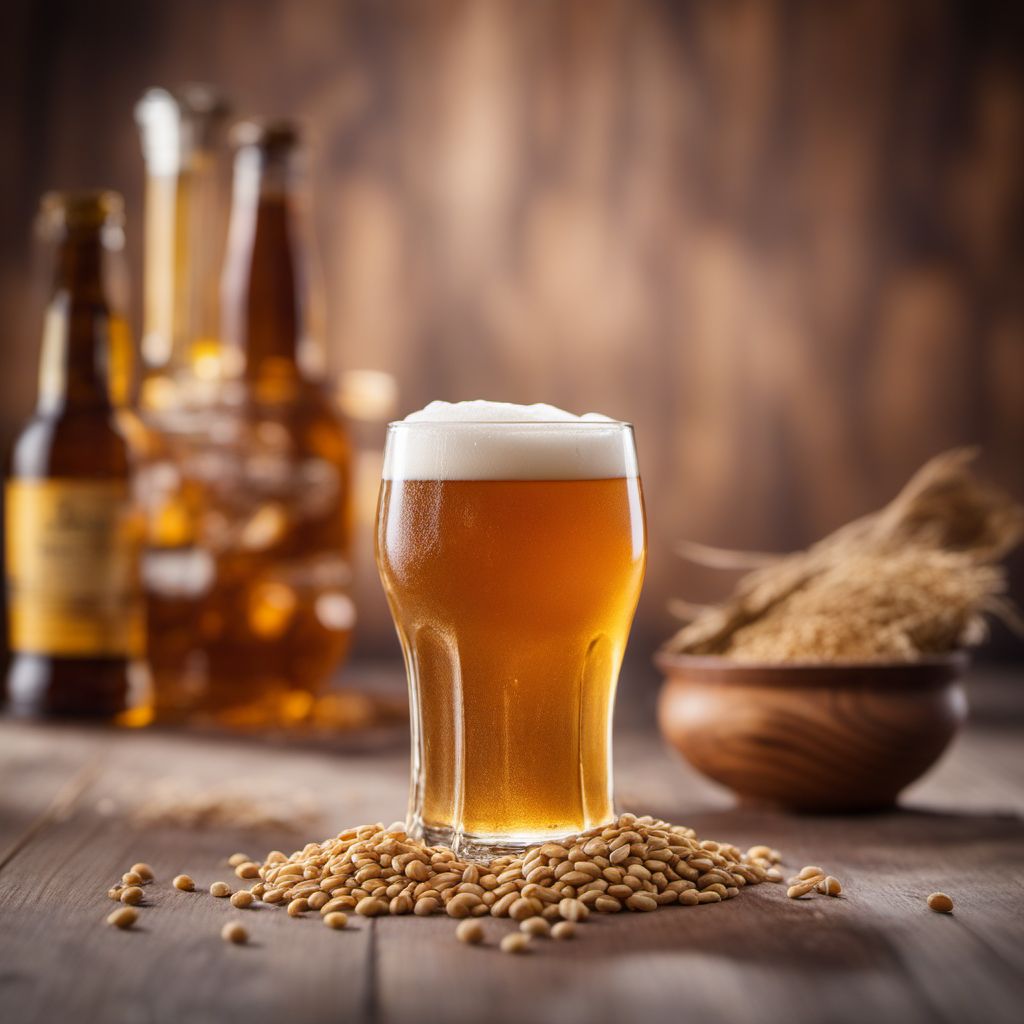
Ingredient
Low-malt beers
Light and Refreshing Brews: Exploring the World of Low-Malt Beers
Low-malt beers, also known as light beers, are brewed with a reduced amount of malt compared to regular beers. This results in a lighter body, lower alcohol content, and fewer calories. These beers are typically pale in color and have a crisp and clean taste. They are known for their refreshing qualities and are often enjoyed on hot summer days or as a lighter option for those watching their calorie intake. The reduced malt content also contributes to a lighter mouthfeel and a less pronounced malt flavor, allowing other ingredients such as hops to shine through. Overall, low-malt beers offer a refreshing and easy-drinking experience for beer enthusiasts.
Origins and history
The concept of low-malt beers originated in the United States in the mid-20th century as a response to the growing demand for lighter and less caloric beer options. The introduction of low-malt beers was a significant development in the brewing industry, as it allowed breweries to cater to a wider range of consumers. Over time, low-malt beers gained popularity and became a staple in the beer market, with various breweries around the world producing their own versions of these light brews.
Nutritional information
Low-malt beers are known for their lower calorie content compared to regular beers, typically ranging from 90 to 120 calories per 12-ounce serving. They also tend to have a lower alcohol content, usually around 3-4% ABV (alcohol by volume). While the exact nutritional composition may vary depending on the brand and specific recipe, low-malt beers generally offer a lighter and more calorie-conscious option for beer drinkers.
Allergens
Low-malt beers may contain gluten, making them unsuitable for individuals with gluten intolerance or celiac disease.
How to select
When selecting low-malt beers, look for reputable brands that prioritize quality ingredients and brewing techniques. Check the label for information on the malt content, alcohol percentage, and any additional flavorings or additives. Opt for fresh and well-stored beers, ensuring that the packaging is intact and the beer has not expired.
Storage recommendations
Low-malt beers should be stored in a cool and dark place, away from direct sunlight and extreme temperature fluctuations. It is best to refrigerate them to maintain their freshness and quality. Once opened, consume the beer within a few days to enjoy its optimal flavor.
How to produce
Producing low-malt beers requires specialized brewing techniques that involve reducing the amount of malt used in the recipe. Amateur brewers can experiment with recipes that incorporate a higher proportion of adjunct grains, such as rice or corn, to achieve a lighter body and lower malt profile. It is important to follow proper brewing procedures and maintain strict sanitation practices to ensure the quality and safety of the final product.
Preparation tips
Low-malt beers are best served chilled in a glass that enhances their aroma and allows for proper carbonation. Pair them with light and refreshing dishes such as salads, seafood, grilled chicken, or light appetizers. Experiment with adding a slice of citrus, such as lemon or lime, to enhance the beer's refreshing qualities. Avoid serving low-malt beers with heavy or strongly flavored dishes, as their delicate flavors may be overpowered.
Culinary uses
Low-malt beers are commonly enjoyed as standalone beverages, particularly in social settings or during outdoor activities. They can also be used in cooking to add depth and flavor to dishes such as beer-battered fish or beer-infused sauces for meats. Additionally, low-malt beers can be used as a base for beer cocktails, offering a lighter and more refreshing alternative to traditional beer-based mixed drinks.
Availability
Low-malt beers are widely available in most countries with a well-established beer market. They can be found in grocery stores, supermarkets, liquor stores, and bars. Craft breweries also produce their own versions of low-malt beers, offering a wider range of options for beer enthusiasts.

